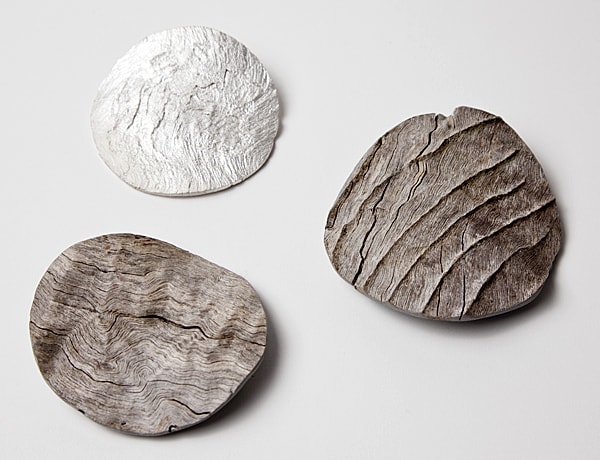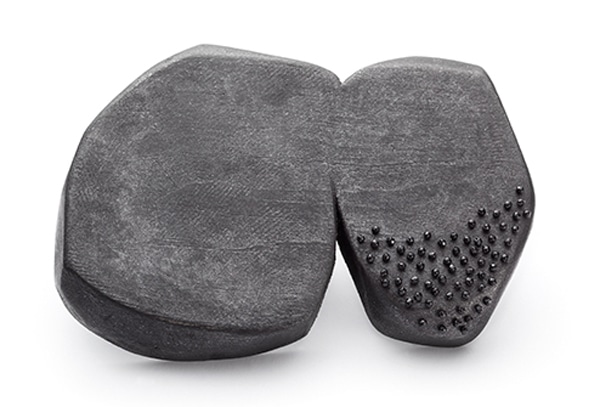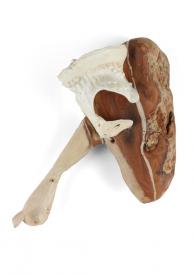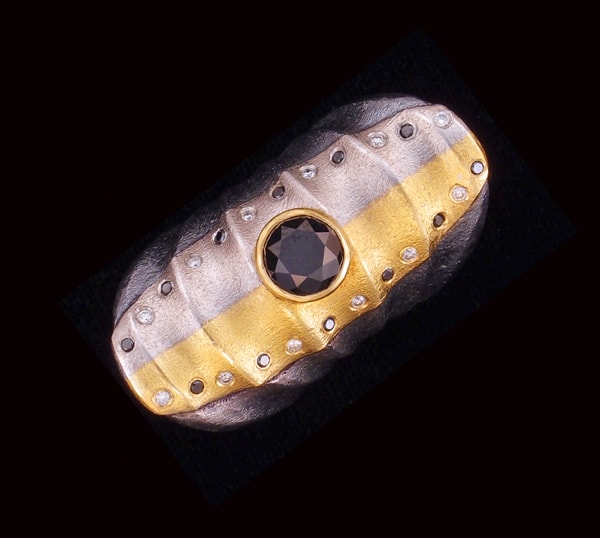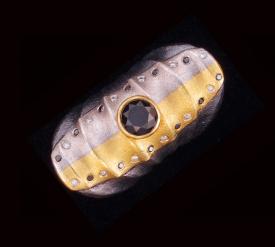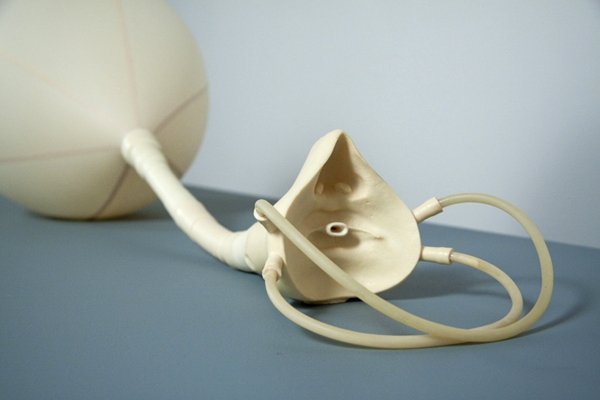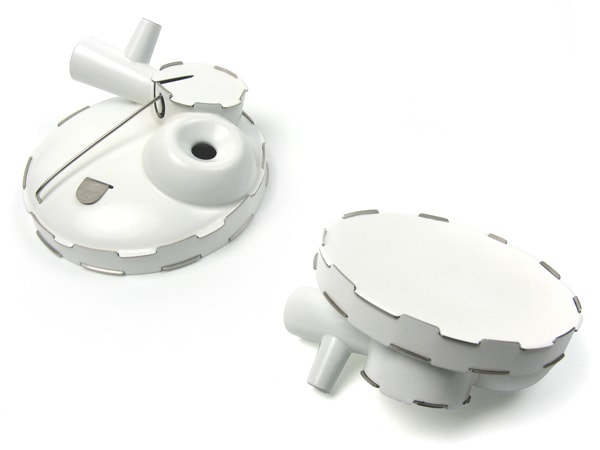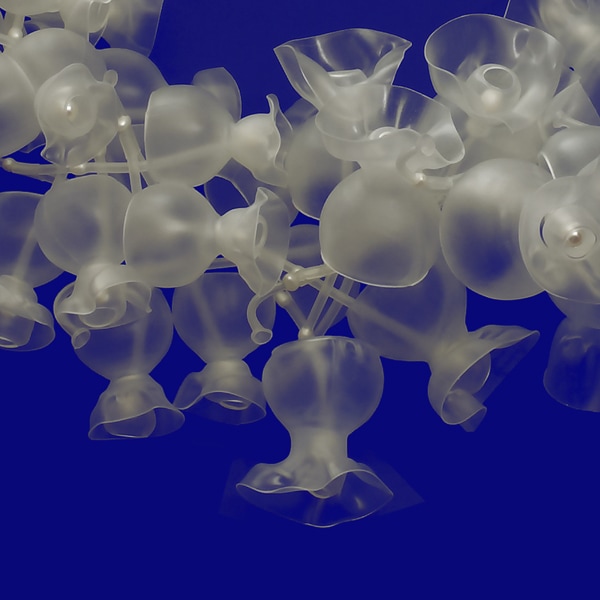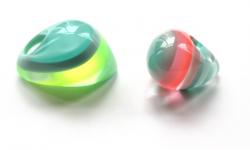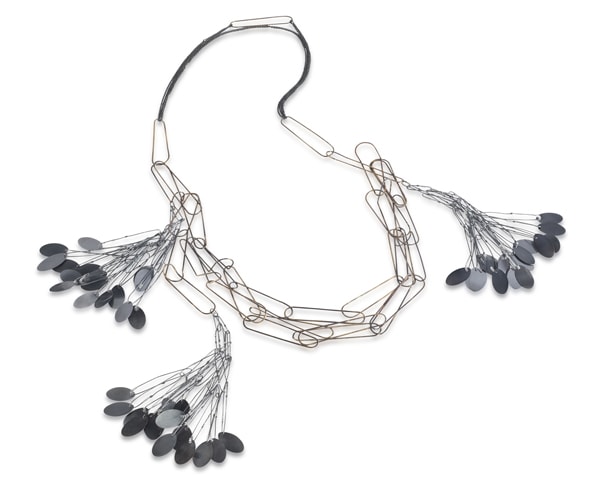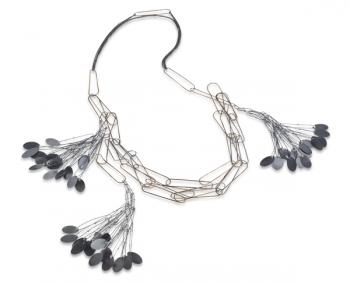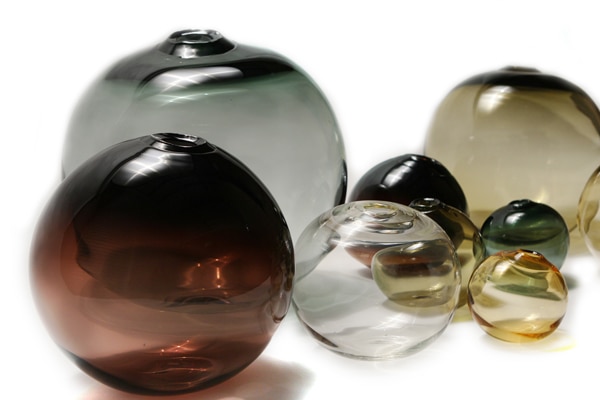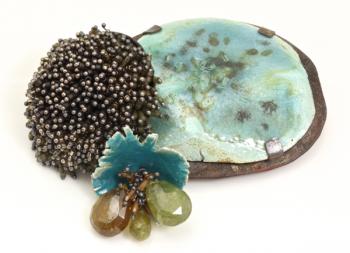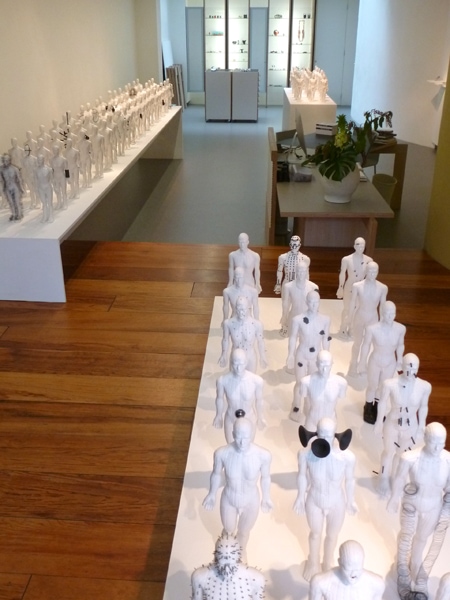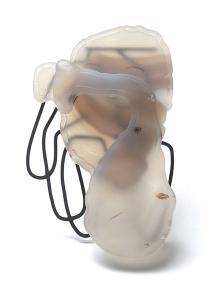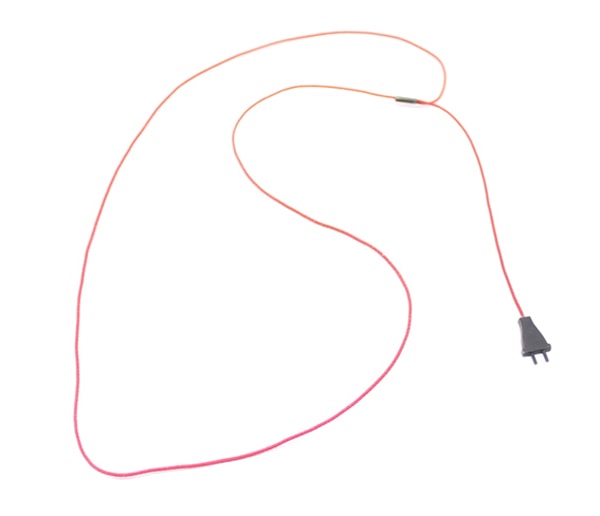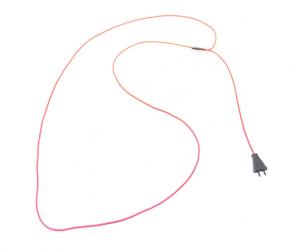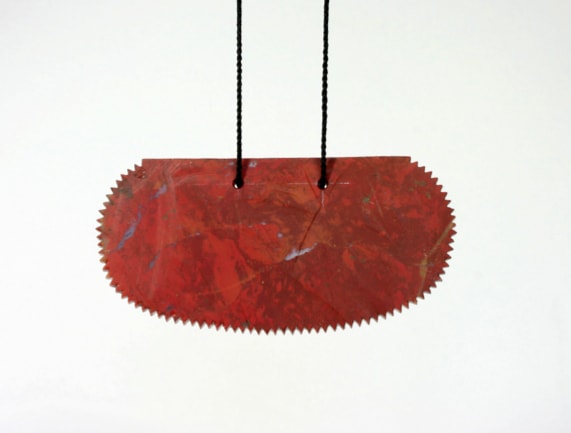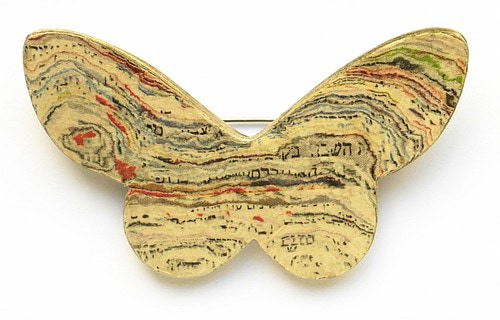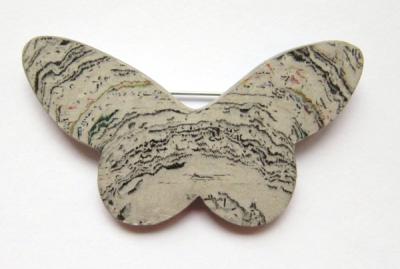Marian Hosking: greetings from …
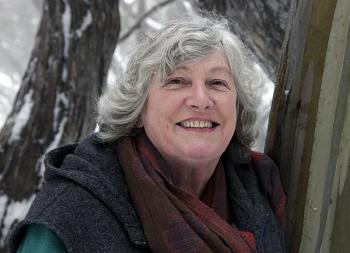 Marian Hosking is currently having an exhibition titled greetings from … at Gallery Funaki in Melbourne, Australia, where Marian is also based. As Kevin Murray has pointed out, “The basis for Marian’s artistic vision seems laid partly at her birth. Her parents’ marriage combined the two main elements that characterize her work. The mother was a passionate conservationist and the father was a Methodist metallurgist. The work that Marian has come to make seems to marry the bounty of nature with the discipline of matter.” In 2007, she was named a Living Treasure: Master of Australian Craft and has had numerous international shows over the years.
Marian Hosking is currently having an exhibition titled greetings from … at Gallery Funaki in Melbourne, Australia, where Marian is also based. As Kevin Murray has pointed out, “The basis for Marian’s artistic vision seems laid partly at her birth. Her parents’ marriage combined the two main elements that characterize her work. The mother was a passionate conservationist and the father was a Methodist metallurgist. The work that Marian has come to make seems to marry the bounty of nature with the discipline of matter.” In 2007, she was named a Living Treasure: Master of Australian Craft and has had numerous international shows over the years.
Susan Cummins: Please tell the story of when you knew you wanted to make jewelry.
Marian Hosking: While at high school, I was interested in architecture, Le Corbusier and the Modern movement. I started an architecture degree at Melbourne University, only for a few weeks, in 1967. I believed I could be studying for six years and end up working in a drafting office. I knew it was difficult to build buildings that pushed boundaries, and so I decided to go to art school. My sister had studied painting, and I did not want to study painting. Gold and silversmithing was my choice, so I unenrolled from university and applied to RMIT. I made the right decision for me.
Marian Hosking: greetings from … Read More »
